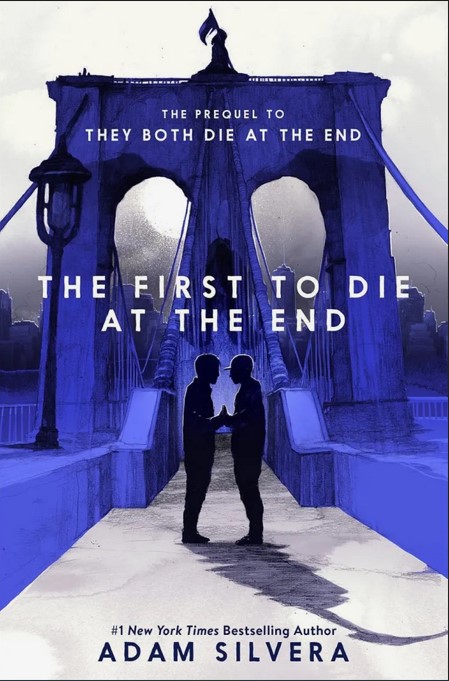The First to Die at the End: A Suspenseful Journey
$11.56
In a world where literature explores myriad themes, some stories stand out for their profound exploration of life, death, and the intricacies of human existence.
“The First to Die at the End,” a captivating novel authored by an enigmatic writer, delves into the mysteries of time, mortality, and the human condition.
This literary masterpiece takes readers on an unforgettable journey through time, filled with emotions, revelations, and a unique perspective on life’s transient nature.
Plot Overview
“The First to Die at the End” follows the life of its protagonist, Alexander Hartman, a man who, after facing a terminal diagnosis, embarks on a quest for answers to life’s most profound questions. As he confronts his own mortality, Alexander discovers an extraordinary ability to travel back in time and relive significant moments from his past.
The narrative unfolds through a seamless blend of historical fiction and science fiction, transporting readers across pivotal moments in history, ranging from ancient civilizations to modern-day events. The intricate details of each period are woven together with a skillful pen, rendering the story rich and immersive.
Themes Explored
At its core, “The First to Die at the End” is a philosophical exploration of mortality and the ephemeral nature of life. The novel invites readers to contemplate the impermanence of existence and the significance of making the most of every moment. As Alexander revisits key events from his past, the story explores themes of regret, redemption, love, and the choices that shape our destinies.
Moreover, the novel delves into the concept of time itself. As Alexander transcends temporal boundaries, he grapples with the consequences of altering the past and the ripple effects that resonate throughout history. The intricate interplay of time and causality creates a thought-provoking narrative that challenges readers to reflect on the consequences of their own actions.
Character Development
One of the novel’s strengths lies in its well-developed characters. Alexander Hartman is a multi-dimensional protagonist whose vulnerability and self-discovery resonate with readers. As he confronts his mortality, Alexander evolves from a man plagued by regrets to someone determined to leave a lasting impact on the world. Supporting characters, each from different time periods, enrich the narrative, adding depth and complexity to the story.
Writing Style
The author’s writing style is poetic and evocative, allowing readers to immerse themselves in the story’s various settings and historical periods. Vivid descriptions, emotional depth, and seamless transitions between timelines create a beautifully interwoven tapestry of past and present.
Impact and Reception
“The First to Die at the End” has garnered critical acclaim since its release. It has been praised for its unique blend of genres, philosophical depth, and emotional resonance. The novel’s exploration of mortality and the human experience strikes a chord with readers of all ages, prompting discussions about life’s purpose and the importance of cherishing each moment.
Conclusion
In a world where the search for meaning is constant, “The First to Die at the End” offers a profound meditation on life, death, and the intricacies of existence. Through a riveting narrative that traverses time and space, readers are presented with an introspective journey that challenges them to embrace life’s uncertainties and make the most of every fleeting moment. With its exceptional storytelling and thought-provoking themes, this book cements itself as a timeless classic in contemporary literature.




Customer reviews
Reviews
There are no reviews yet.
Write a customer review